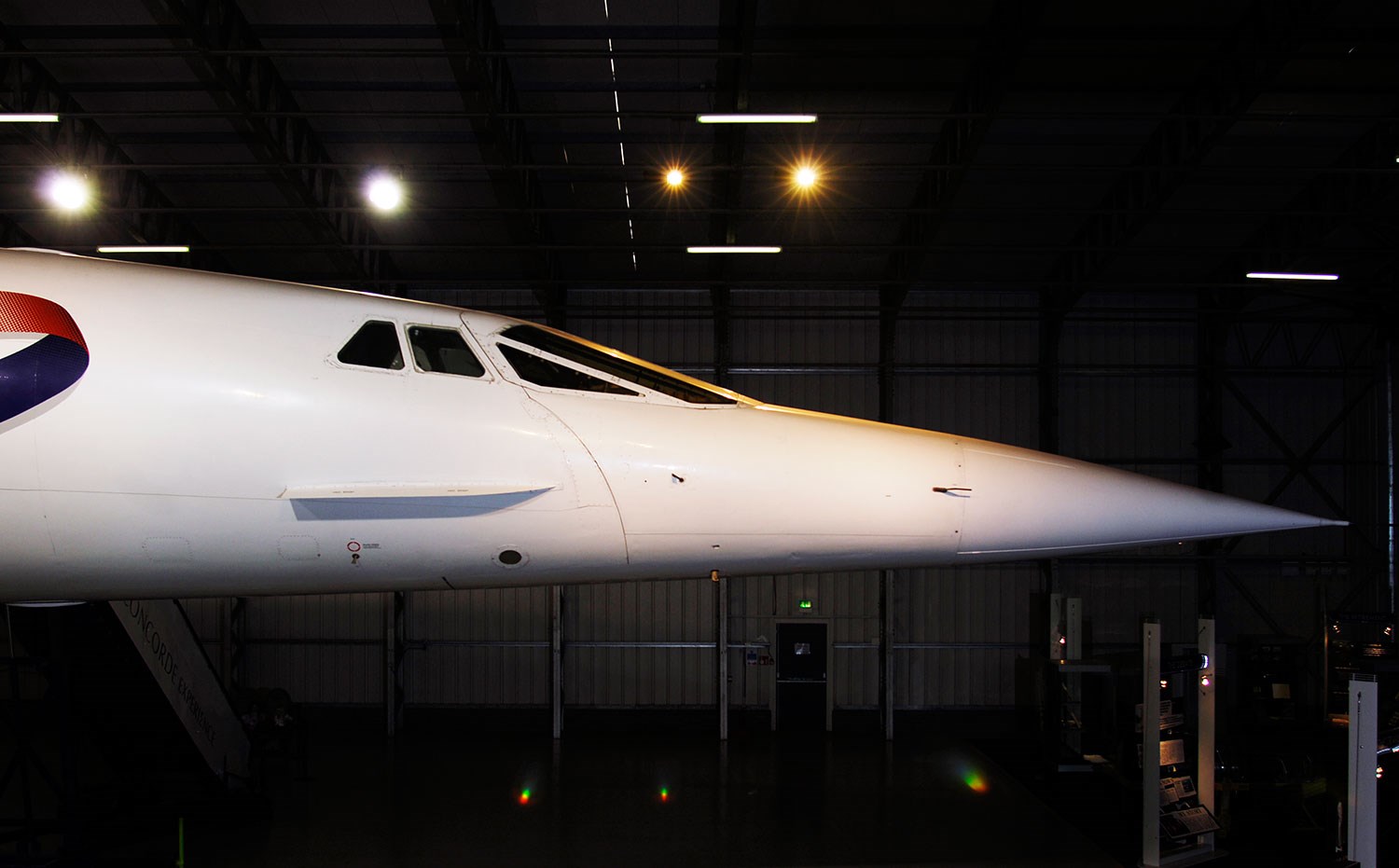The current National Museum of Flight is located within the best preserved Second World War airfield in the UK which has been classed as a Scheduled Monument site. Its heritage status means we are not allowed to build on the site so the proposed new hangar will be built on land adjacent to the historic airfield. There are also significant restrictions on developments around the site. We considered all possible options for the location of our new building, including the fields to the west of the site. We liaised closely with Historic Environment Scotland to identify a site which would minimise any impact on the Scheduled Monument. The current proposal has been specifically chosen for this reason. The natural topography has been used as part of the design. Building into the slope of the ground in the proposed location allows the building’s height to be significantly reduced. Historic Environment Scotland have already given Scheduled Monument Consent for the development.
The new building is necessary to protect internationally important aircraft which are currently at risk of deterioration from being located outdoors. National Museums Scotland recognises the global threat of climate change and during the development of our proposals we have worked to minimise the environmental impact of the new building which incorporates ground source heat pumps and roof-top photovoltaic panels.
This project does not affect ancient woodland in the Big Wood which is covered by a Tree Protection Order. The woodland landscape has been fully considered and we have conducted both an Arboricultural Impact Assessment and extended Tree Survey. The project requires the felling of 50 mature trees out of a total of 299 trees. Those identified in the survey as being of particular significance will remain. The strip of land affected covers 0.64 hectares and a 0.7 hectare area will be replanted with 780 trees – including many mature trees as well as saplings – supplemented by a woodland shrub layer which will create an additional wildlife habitat on what is currently arable farmland. This will sustain a more diverse variety of species than is currently present and provide a lasting legacy.
30 January 2020
This statement was updated on 31 January 2020 to include additional information.

